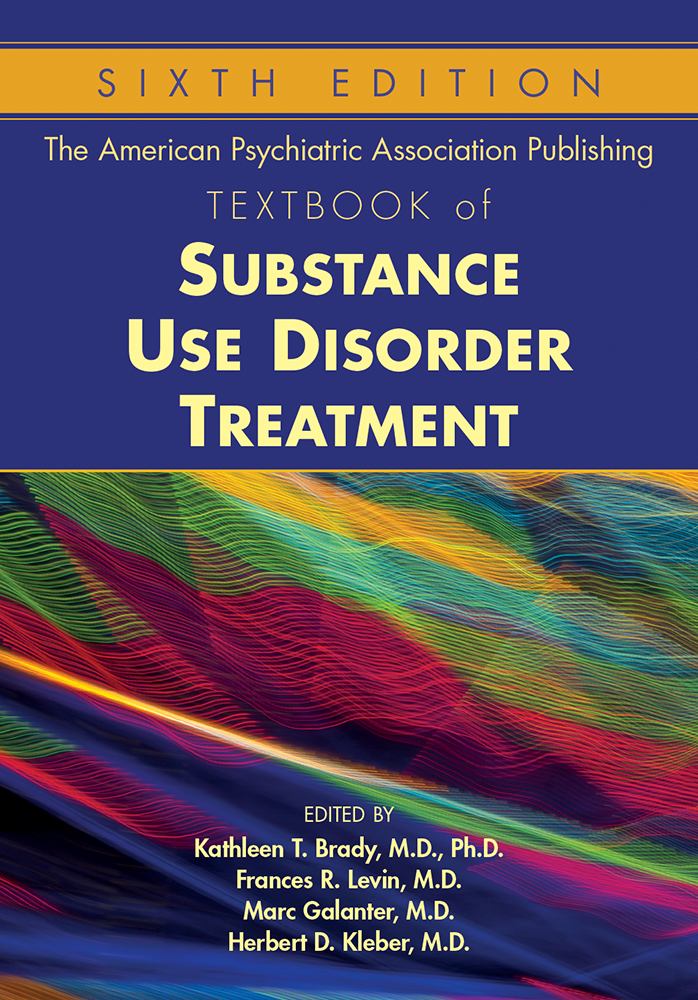Sections
Excerpt
Sex and gender differences play a significant role in the epidemiology, risk and protective factors, onset, and development of substance use disorders (SUDs), as well as in access to and outcomes of SUD treatment. According to the National Institutes of Health, sex refers to “biological differences between females and males, including chromosomes, sex organs, and endogenous hormonal profiles,” whereas gender refers to “socially constructed and enacted roles and behaviors which occur in a historical and cultural context and vary across societies and over time” (National Institutes of Health 2019, paragraph 2). Although SUDs remain more prevalent in men than in women, the gender gap has been narrowing overall at an increasing rate, and especially for more recent birth cohorts in the United States; this holds true across most substances, including alcohol, marijuana, opioids, stimulants, and smoked tobacco as well as other nicotine delivery systems. There are also gender disparities in seeking and obtaining treatment and in treatment retention. Although the main outcomes in some SUD medication and behavioral treatment studies demonstrate equivalence in men and women, in other studies, the efficacy of treatments for use disorders involving specific substances, such as tobacco, vary by sex and gender. In addition, certain clinical characteristics that are associated with treatment outcomes often vary by gender and may, therefore, have a disproportionate effect on women’s SUD treatment outcomes. The effects of factors such as co-occurring psychiatric disorders, history of trauma, education, and financial independence, among other factors that differentially affect men and women, can be more significant for women’s SUD treatment outcomes and require consideration in gender-specific treatment for women. Hormonal and neuroendocrine effects, including variations in craving, use, and treatment outcomes across the menstrual cycle, are understudied. In addition, women of reproductive age have specific risks to reproductive health and pregnancy if they are using substances or have a SUD. Pregnancy and the perinatal period require specific attention to treatment of both maternal and child outcomes. In this chapter, we review the epidemiology, biological factors, co-occurring psychiatric disorders, and treatment of SUDs in women, including during pregnancy and the perinatal period.
Access content
To read the fulltext, please use one of the options below to sign in or purchase access.- Personal login
- Institutional Login
- Sign in via OpenAthens
- Register for access
-
Please login/register if you wish to pair your device and check access availability.
Not a subscriber?
PsychiatryOnline subscription options offer access to the DSM-5 library, books, journals, CME, and patient resources. This all-in-one virtual library provides psychiatrists and mental health professionals with key resources for diagnosis, treatment, research, and professional development.
Need more help? PsychiatryOnline Customer Service may be reached by emailing [email protected] or by calling 800-368-5777 (in the U.S.) or 703-907-7322 (outside the U.S.).



